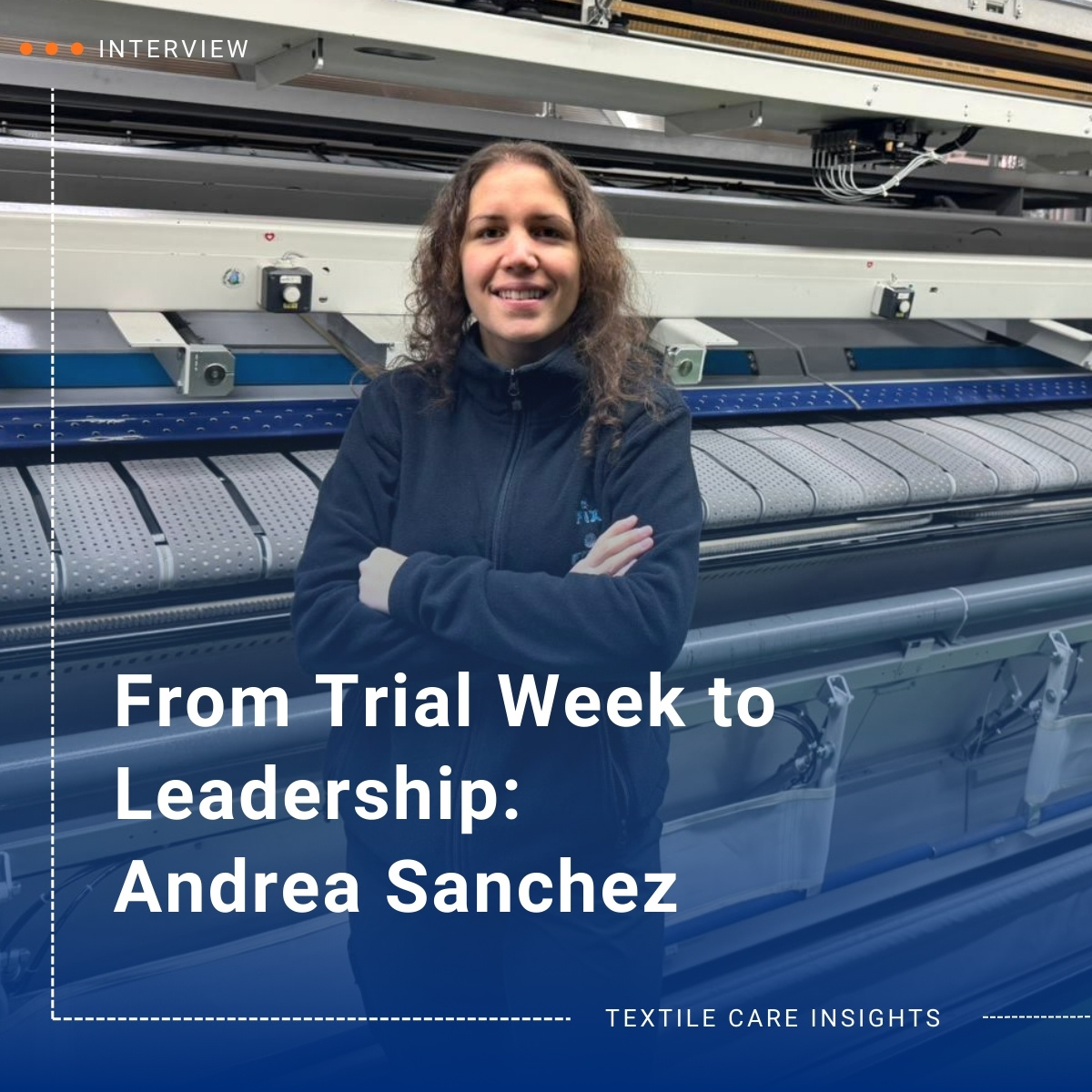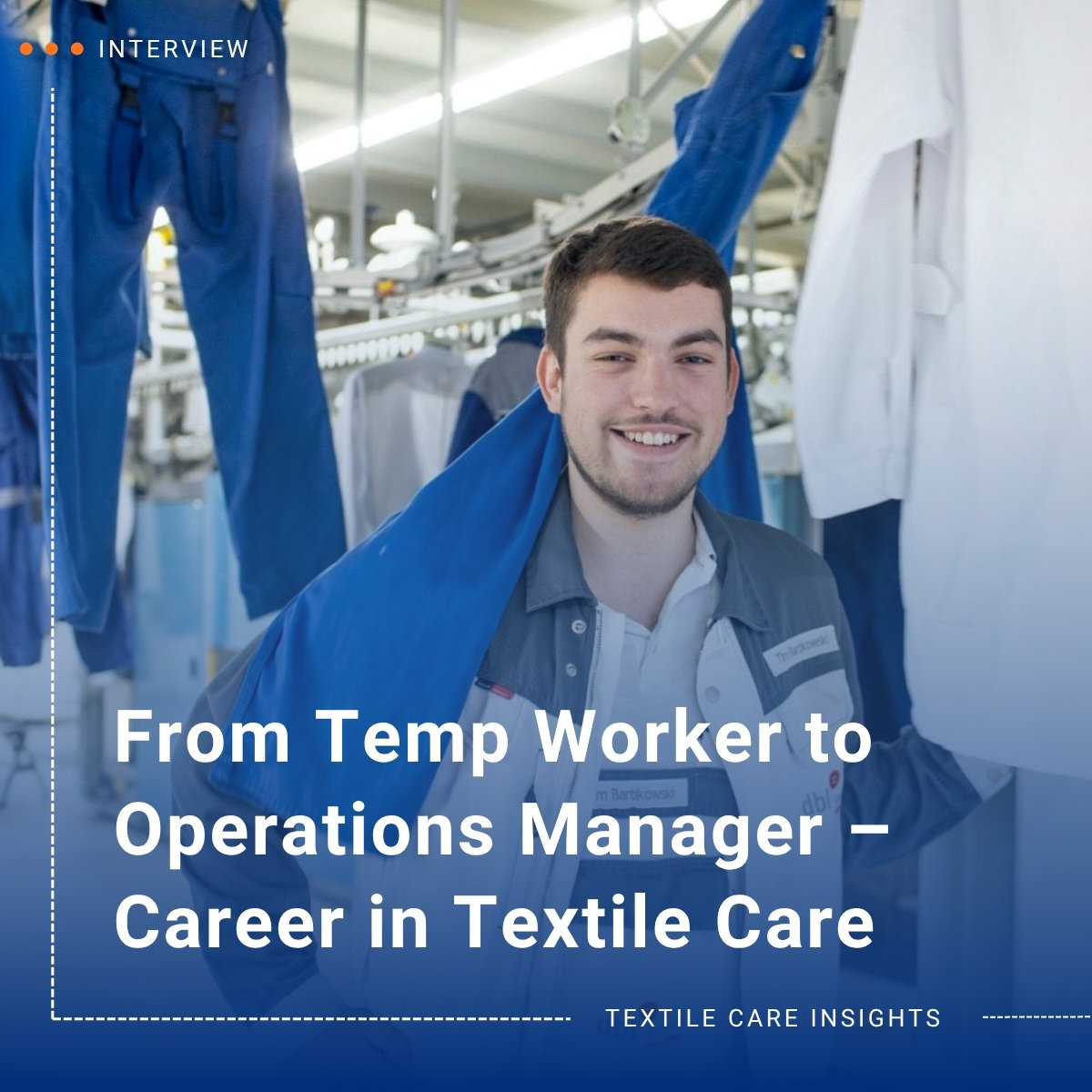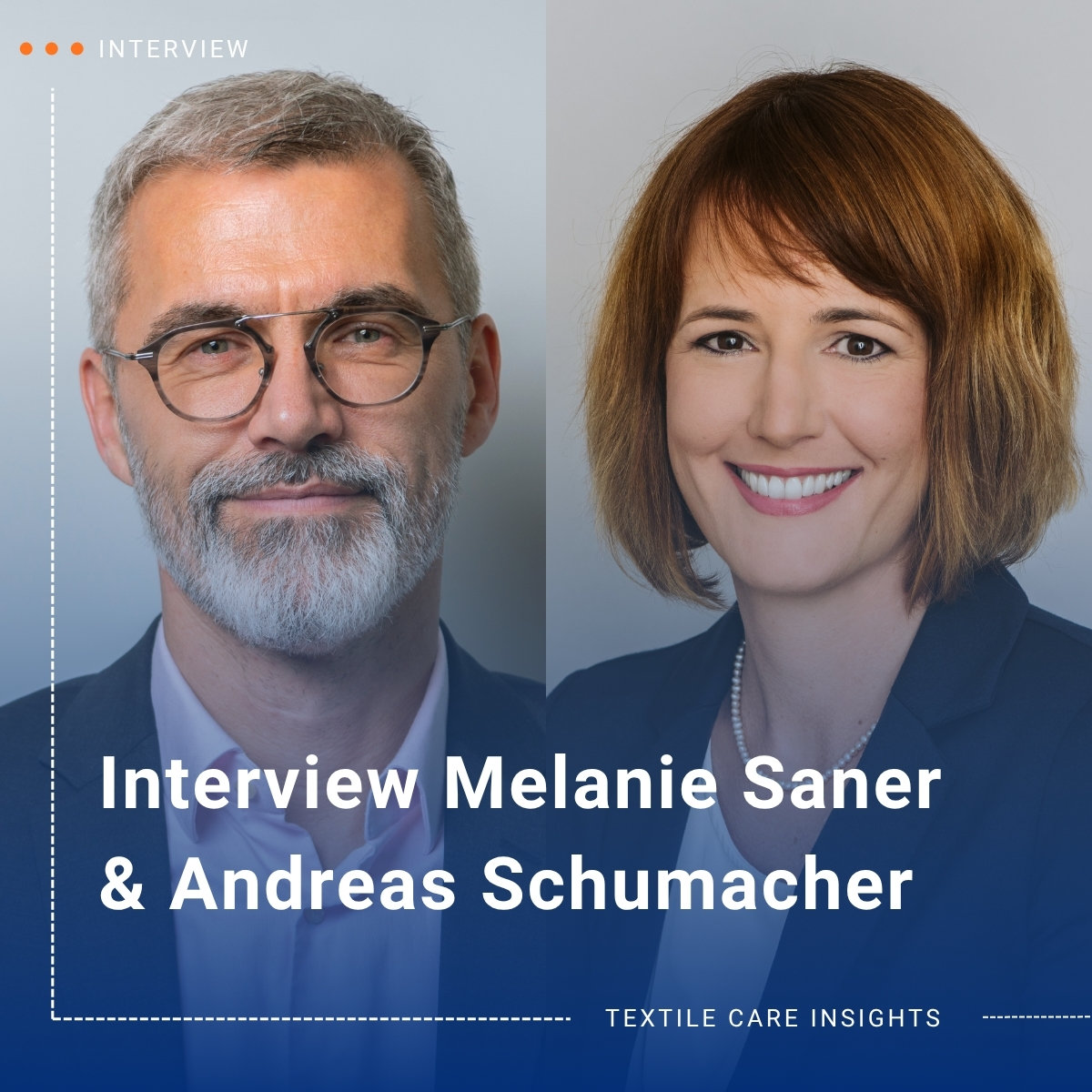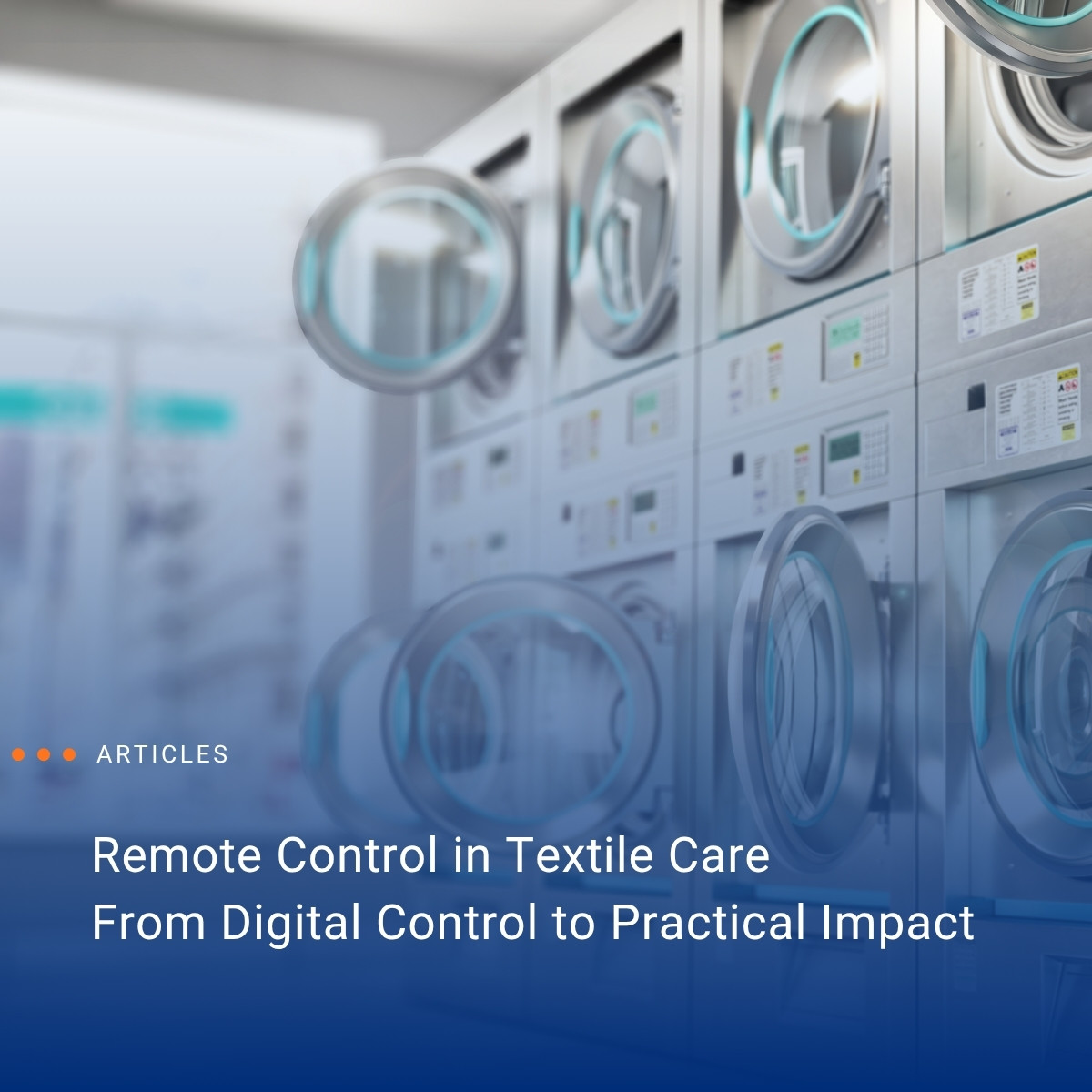Reading time: 2 minutes
At the World Expo in Osaka, the Thuringian Institute of Textile and Plastics Research (TITK) unveiled a polo shirt made from the newly developed LyoHemp® fibre. The cellulose fibre is derived from hemp pulp and processed using the Lyocell method. What makes it special: it can be fully recycled up to three times without any significant loss in quality.
Recycling capability across multiple cycles
While many recycling processes in the textile industry allow only a small proportion of reused material, the TITK method enables the cellulose fibres to be reused over three full cycles. According to the institute, this is primarily due to the combination of hemp as a raw material and a modified Lyocell process. The resulting fibres are suitable for textile applications with consistent quality requirements.
Fibre-to-fibre instead of downcycling
Unlike conventional downcycling approaches, where the material quality is reduced during reuse, the concept is based on so-called “fibre-to-fibre” (F2F) recycling. Used textile fibres are turned back into textile fibres with nearly identical properties. The technology aims to support the development of closed-loop value chains for textile products.
Applicability to fibre blends
A key goal of TITK's research is to adapt the process to other types of fibres and material blends. In particular, recycling processes are being developed for PolyCotton fabrics – blends of polyester and cotton – as well as for pure cotton and PET fibres. These projects are being carried out at TITK’s in-house innovation centre DICE in Rudolstadt.
Practical implementation challenges
In addition to technical feasibility, the institute highlights the importance of economic and structural conditions for widespread adoption. These include investment in recycling infrastructure, design-for-recycling strategies, and factors affecting business locations such as energy costs or skilled labour availability. TITK also emphasises the significance of the so-called RRR principle – Reduce, Reuse, Recycle – noting that technological solutions alone will not be sufficient to implement circularity in the textile sector.









